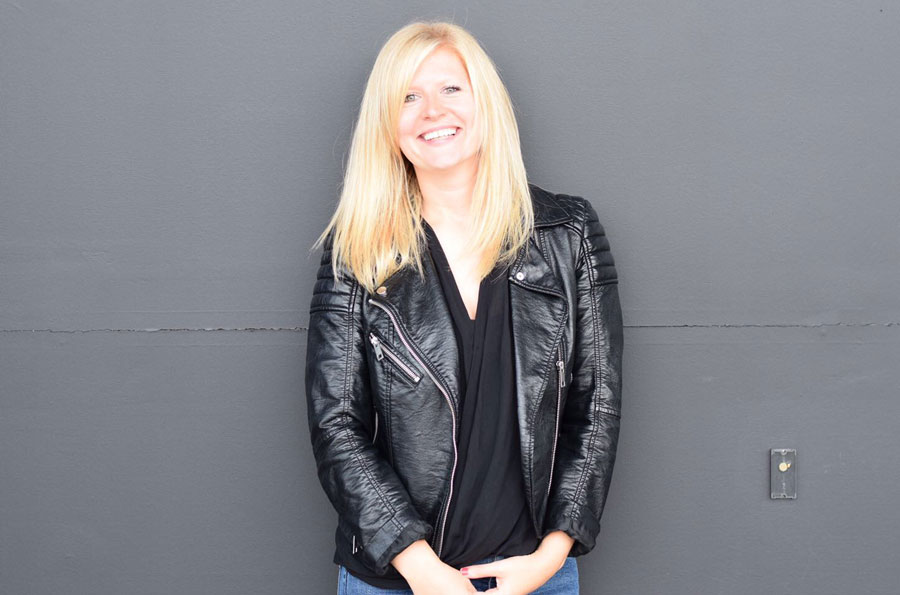Yahoo New Zealand head of insights, Sydney-based Becky Smith, has been in Auckland and Wellington again this week, talking to clients and creating a native best-practice deck for NZ. She agreed to a short Q+A session:
What is your role at Yahoo New Zealand?
My role as head of insights for Yahoo New Zealand is to put consumers and data at the heart of decision making. We turn data into meaningful insights that drive strategy with the aim of helping advertisers improve ROI.
On a day-to- day basis, I work closely with many different parts of the business, in particular, helping our commercial team explore market trends which we share with key clients.
How do you work with the NZ team?
I’m regularly in New Zealand working with the team on the ground here to develop localised insights on key topics important to this market.
On this particular trip we are roadshowing two of our latest studies – the first is a new study into Kiwis’ purchase behaviour in the FMCG category, called ‘Into the Basket’. Over the course of this week we’ve been sharing these findings with agencies and strategy teams who run the largest FMCG accounts across New Zealand.
I’m also here to showcase our latest insights into native advertising, which is essentially a one-stop guide into how to succeed when developing creative for native. The reason I love this study is because it’s so actionable, allowing marketers and advertisers to immediately experiment with the creative to enhance results across all layers of the brand funnel.
Why is native so important, generally but also in NZ?
Native advertising is the latest digital format which has grown exponentially in a short period of time, both in New Zealand and globally, and as a result is going to be a key driver of mobile display growth in the next five years.
Most common occurrences of native fall into one of three formats: social, sponsorship and in-feed display. For example, you are likely to see a native video on your favourite news website.
Marketers are now predicting that in 2018 native will contribute 20-30% of their revenue! In addition, data is telling us that engagement rates are higher for native than traditional display. We’re also seeing strong effectiveness results across both brand and performance objectives.
There are also benefits from a consumer perspective as native allows for a better user experience, with research showing that native video is far less intrusive than pre-roll video and therefore less likely to encourage ad-blocking software to be installed.
Can you provide a bit of an executive summary on this data?
This study utilises a range of sources to provide a holistic guide to best practice when it comes to static and video native creative. The findings outline the top guidelines and provide robust supporting data to help advertisers design the most effective creative for this format.
We used a range of techniques to collect the data, including eye tracking where we were able to measure respondents fixation (attention) to specific points on the creative they were exposed to.
We found three key findings. The first, was that people based imagery is much more effective than object based imagery, with an uplift of +23% in brand affinity and +25% on fixation on the creative. This a really simple, yet actionable finding for advertisers to experiment with.
Another key finding was that logos and brand names within native creative have a positive impact on fixation and action oriented objectives, such as purchase intent and recommendation. We found this really interesting as many marketers would think the opposite given the original nature of native was to be more discreet.
I believe this is an extremely positive finding for the industry as it gives us permission to be more bold with our branding.
For video specifically, we found that professional creative outperforms amateur creative, with a significant difference in the ability to recall the brand’s message. We at Yahoo have also seen brands become more interested in amateur content as the success of viral videos of this nature grows, particularly amongst brands targeting millennials.
However the data suggests that marketers should be investing in professional creative across all generations.
What are the specific NZ data points you can talk to, and what does this mean for the industry?
The study largely uses data from our US insights team and we have overlaid this with some specific New Zealand data points. This study provides robust guidance for the industry to make more informed decisions when it comes to native best practice.
Anything else to add?
For Yahoo New Zealand, native has been one of our biggest growth drivers, with double digit growth over the last 12 months and this trend is likely to continue.
Increasingly, native is becoming more and more important to brands, as they start to combine this format with third party data for more effective targeting and stronger campaign results.
Share this Post



